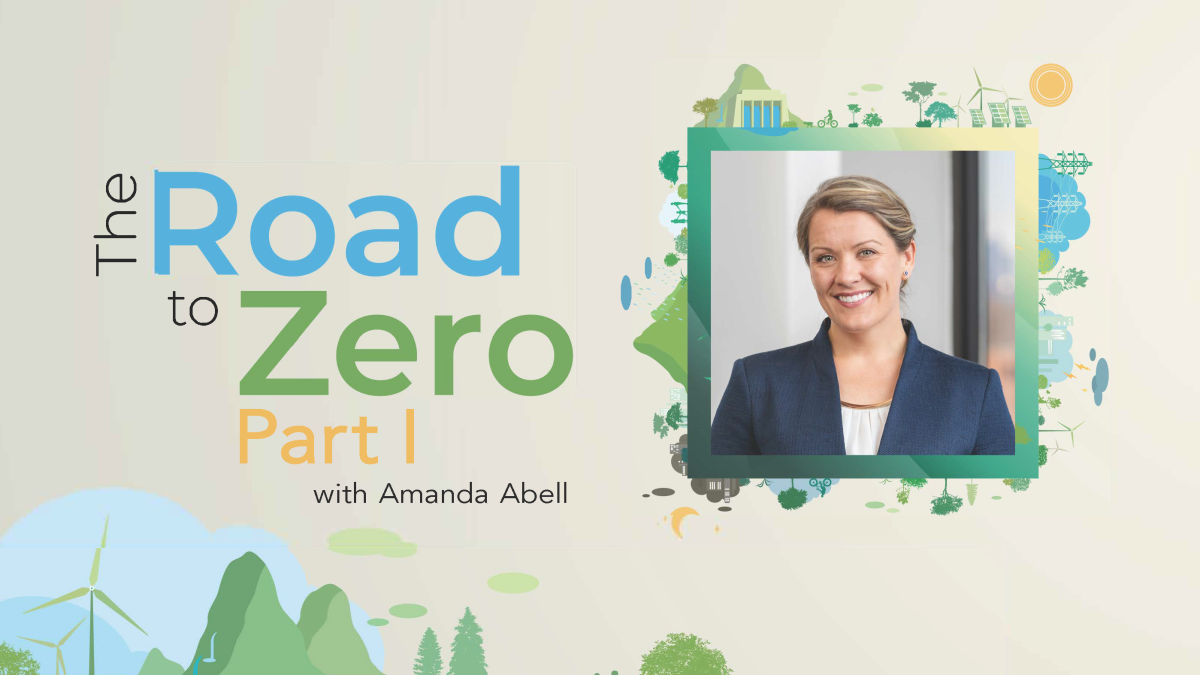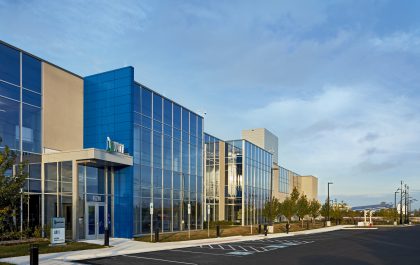The Road to Zero: How Vantage Plans to Meet Its Aggressive Sustainability Goals
Vantage Data Centers recently released its first annual Environmental Social and Governance (ESG) report which outlines the company’s commitment to achieving net zero greenhouse gas (GHG) emissions by 2030. The goal of reaching net zero carbon emissions in eight years is a lofty one for any company. Yet, it’s an especially difficult initiative for a data center operator. Data centers naturally require significant amounts of energy to power the digital infrastructure that resides in them. So, how does Vantage plan to achieve this goal?
Data Centers Today recently spoke with Vantage’s senior director of sustainability, Amanda Abell, to learn more about how the company intends to meet this goal.
Vantage’s ESG report details how the company works to combat its GHG emissions and breaks them down into three “scopes.” What are those scopes, and how do they differ from each other?
Amanda Abell: We follow the methodology outlined in the Greenhouse Gas (GHG) Protocol, which is an international framework that provides a standard methodology for measuring greenhouse gas emissions and reduction activities.
The GHG Protocol defines three different GHG scopes – Scope 1, 2 and 3 – to assign ownership of emissions. As you can imagine, it can get complicated quickly without a clear understanding of who owns what emissions, so following this protocol is essential.
Scope 1 includes direct emissions from fuel we combust on site to make energy, as well as any releases of fugitive emissions. We don’t have a large fleet of vehicles at Vantage, so the fuel we burn is almost solely used in our generators for backup power. Fugitive emissions result from the unintended release of GHG compounds from equipment.
Scope 2 includes indirect emissions from the purchase of electricity generated on the grid. This scope allows us to account for the emissions associated with the burning of fuel to make the energy we will ultimately purchase and consume. The emissions that Vantage is directly accountable for are Scope 1 and 2 emissions since these are the emissions that the company owns and controls.
Scope 3 is assigned to emissions that Vantage does not own or control but can guide and influence. This includes emissions from our supply chain and customer energy use within our facilities. Scope 3 is the largest and most complex category of emissions.
Vantage has announced a goal to be at net zero carbon emissions by 2030. How will Vantage reduce GHG emissions within Scope 1?
Amanda Abell: The largest contributor to our Scope 1 emissions is related to the fuel we consume on site in our generators, which enable us to provide uninterruptible power to our facilities in the event of a grid outage. Even though generators are primarily used for emergency back-up, it is important to find ways to reduce those emissions in the short- and long-term.
For example, we’re currently looking into switching from conventional diesel fuel to renewable diesel fuel. We have analyzed and proved that hydrotreated vegetable oil (HVO) is a viable alternative to diesel at our Cardiff campus in the United Kingdom and are exploring ways to expand deployment of the fuel in other markets globally. HVO fuel offers some emission reductions in contrast to conventional diesel fuel, impacting our Scope 1 emission reduction targets. In addition, the way HVO is refined and produced is much less carbon-intensive than conventional diesel. This helps to reduce our Scope 3 emissions as well. The other step we’re taking in the short-term is optimizing the run-time of generators during testing to reduce fuel consumption overall.
Looking long-term, the company is investigating opportunities to move away from diesel generators altogether. This notion would mean switching technology to fuels like natural gas, which is still a fossil fuel, but it is a lot cleaner than diesel.
Though we are looking at technologies in the short-term that include natural gas, in the long-term – when the market is ready – we can then convert to either renewable natural gas or hydrogen. We’re really looking at how we start to transition towards cleaner sources of on-site energy that will fulfill the diesel generators’ role.
As you said previously, Scope 2 pertains to indirect emissions from purchased electricity. How does Vantage plan to reduce these?
Amanda Abell: When it comes to Scope 2, we’re looking at a wide range of options and actions to further reduce our emissions. The first is focusing on energy efficiency in our facilities. This initiative has always been important to Vantage and continues to be a priority for the company. To help accomplish this, we’re constantly assessing our standard facility design and operational performance to optimize the efficiency of the entire site.
The second part is exploring how to strategically invest in renewable energy to decarbonize the energy supply. Some utilities already offer incredibly clean power. For example, campuses in Quebec and Montreal are powered primarily by hydropower, so the grid’s carbon intensity is very low.
Conversely, some markets have a much higher percentage of coal-fired power plants which increases the carbon intensity. Our strategy is to invest in renewable energy in markets where we can have the most impact. In addition, our teams seek opportunities to partner with local utilities to participate in their green power programs to support the goals of grid decarbonization.
Vantage has already started investing directly in renewable energy. In April of 2021, we signed a power purchase agreement for 87MW of solar power associated with our campus in Johannesburg.
Scope 3 emissions are indirect emissions beyond your control. What does this mean for Vantage as far as energy emissions? Is this a scope Vantage is focusing on in the goal of being net zero by 2030?
Amanda Abell: Scope 3 emissions represent the largest category of emissions in our inventory, and their reduction is a key part of our net zero strategy. While the bulk of our Scope 3 emissions result from customer energy usage within our facilities, this category also includes emissions associated with purchased goods and services, capital goods, business travel, employee commuting and waste generation.
Reducing scope 3 emissions is all about partnerships with our customers and vendors. We actively partner with our customers to optimize energy efficiency in our facilities and connect them with renewable energy options. We partner with our vendors and suppliers to understand the carbon impacts of the materials and products we use and opportunities for reductions. We are continuing to refine the way that we track and report scope 3 emissions to further prioritize our efforts to reduce emissions in this category.
In the next article on Data Centers Today, we’ll continue our conversation with Amanda where we discuss additional sustainability initiatives and goals that Vantage is undertaking in the communities in which it operates.
To learn more about Vantage’s environmental sustainability program, click here.



